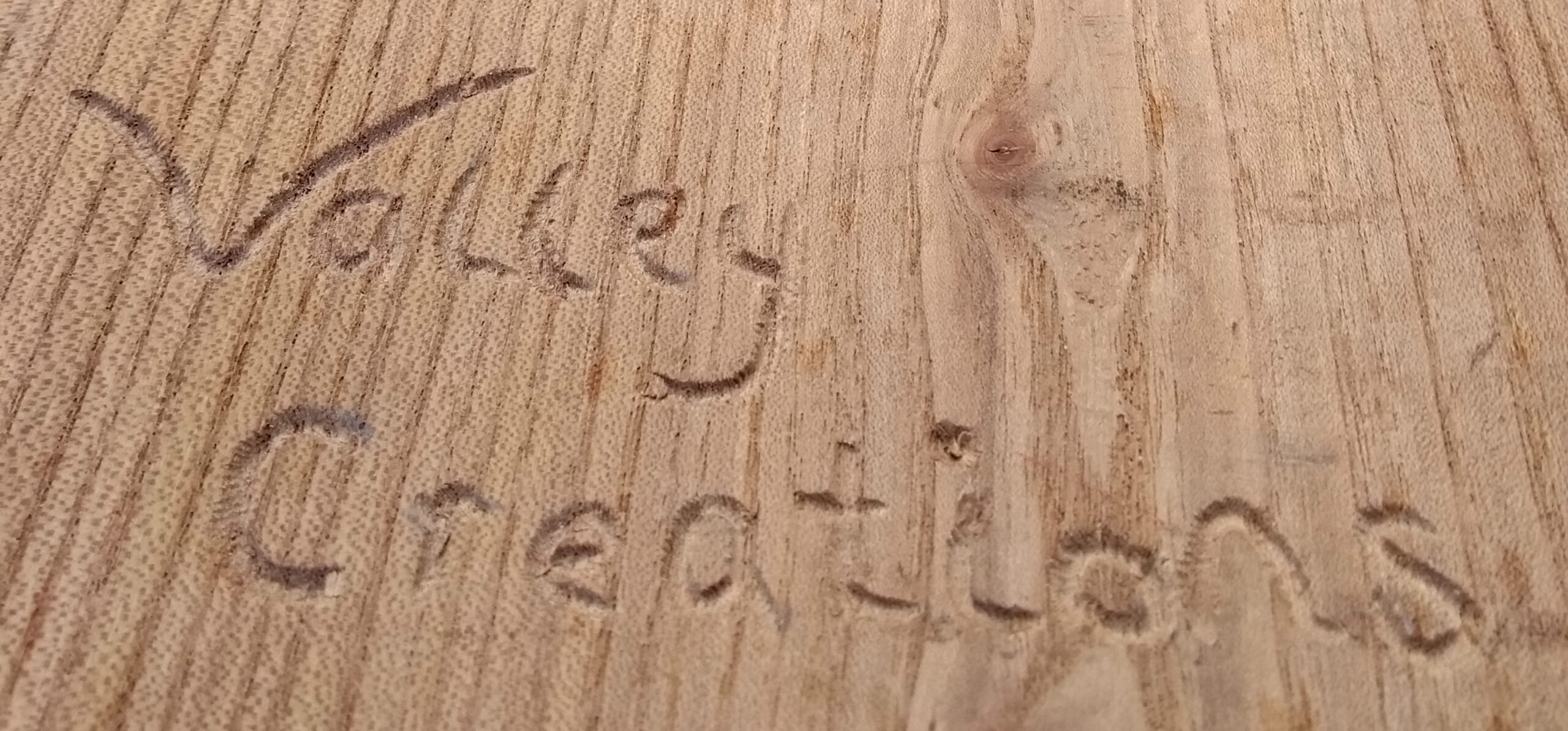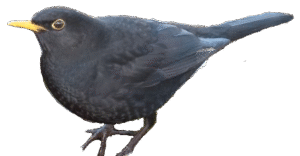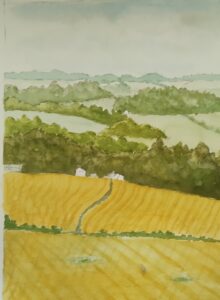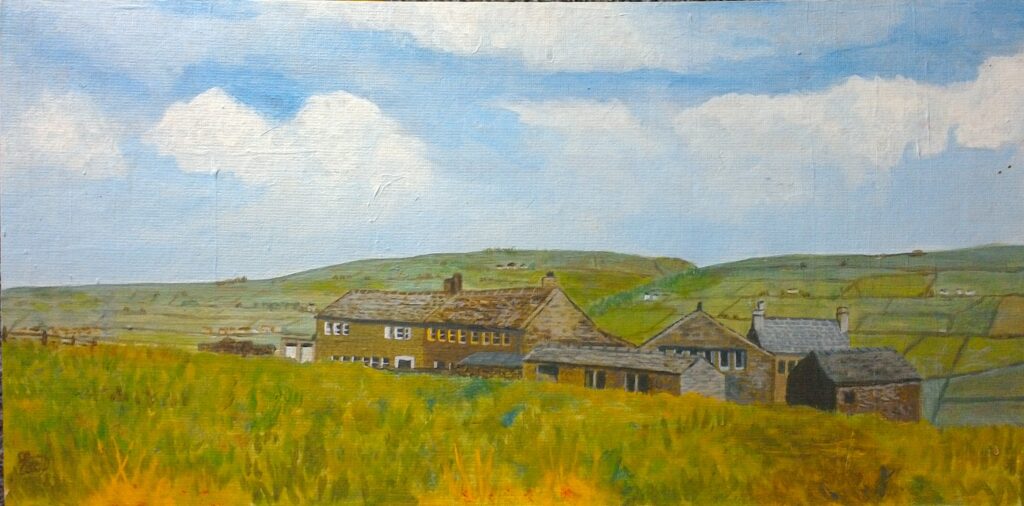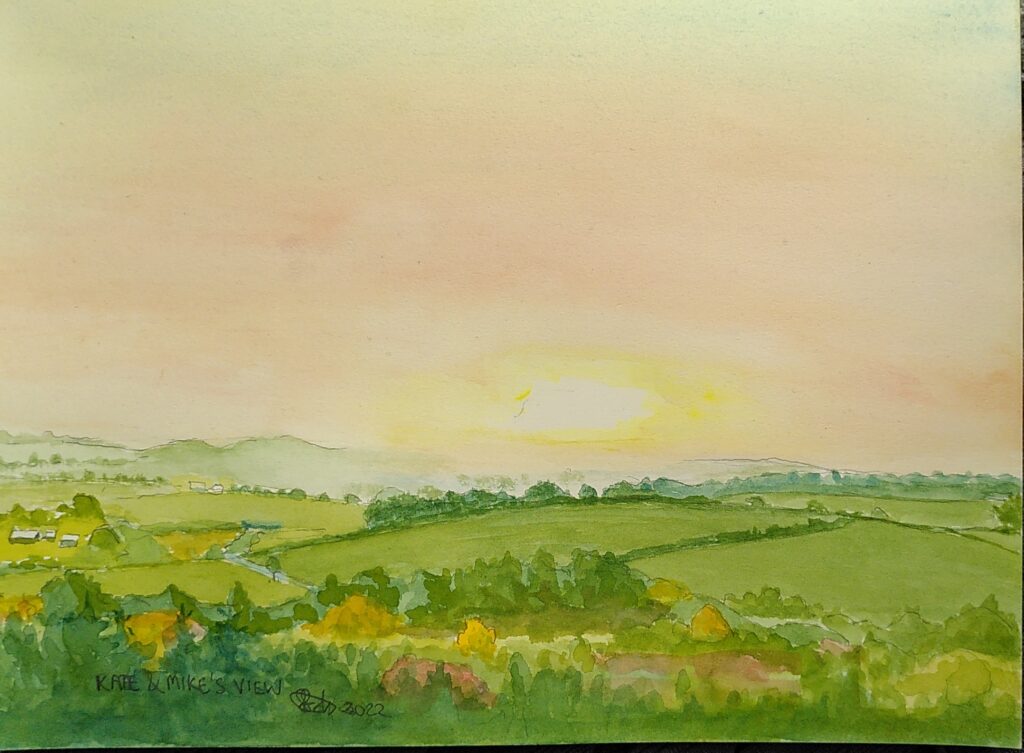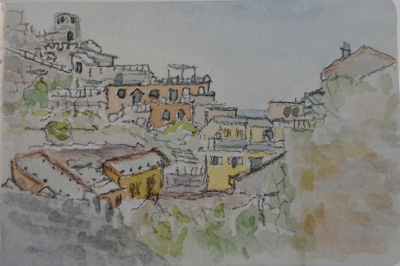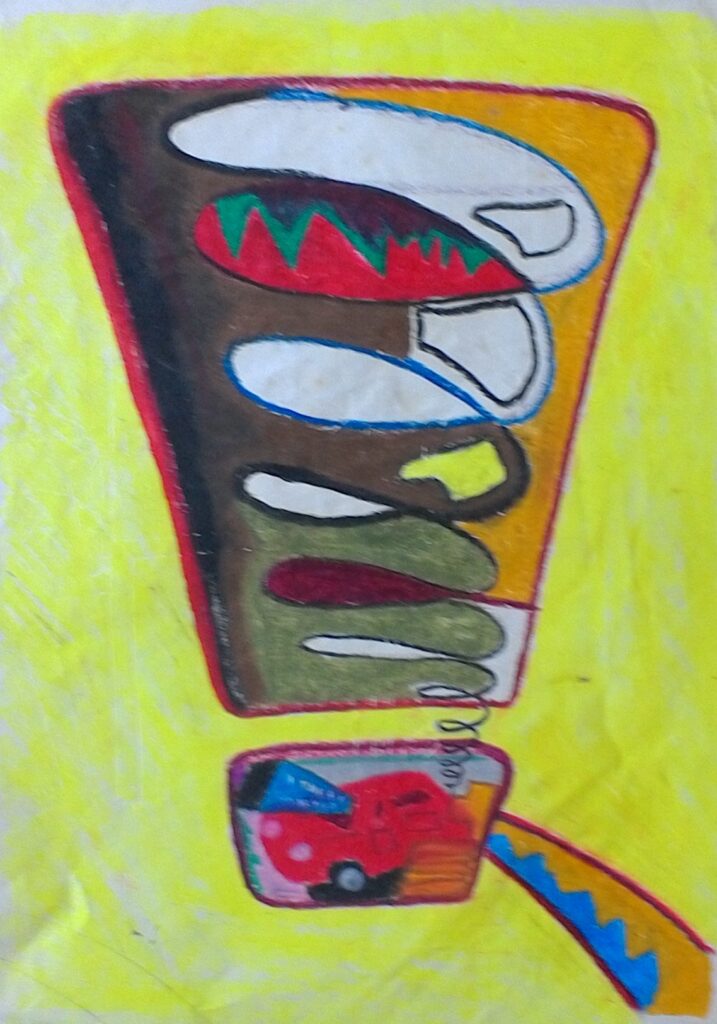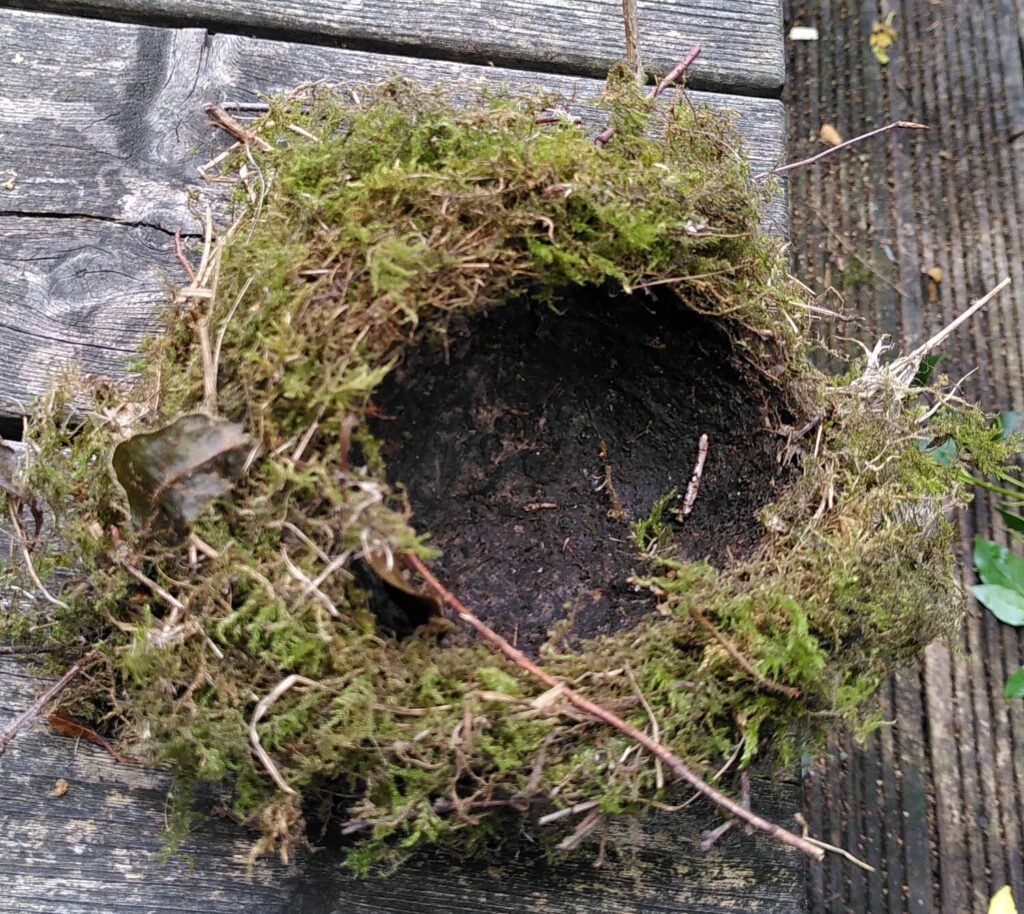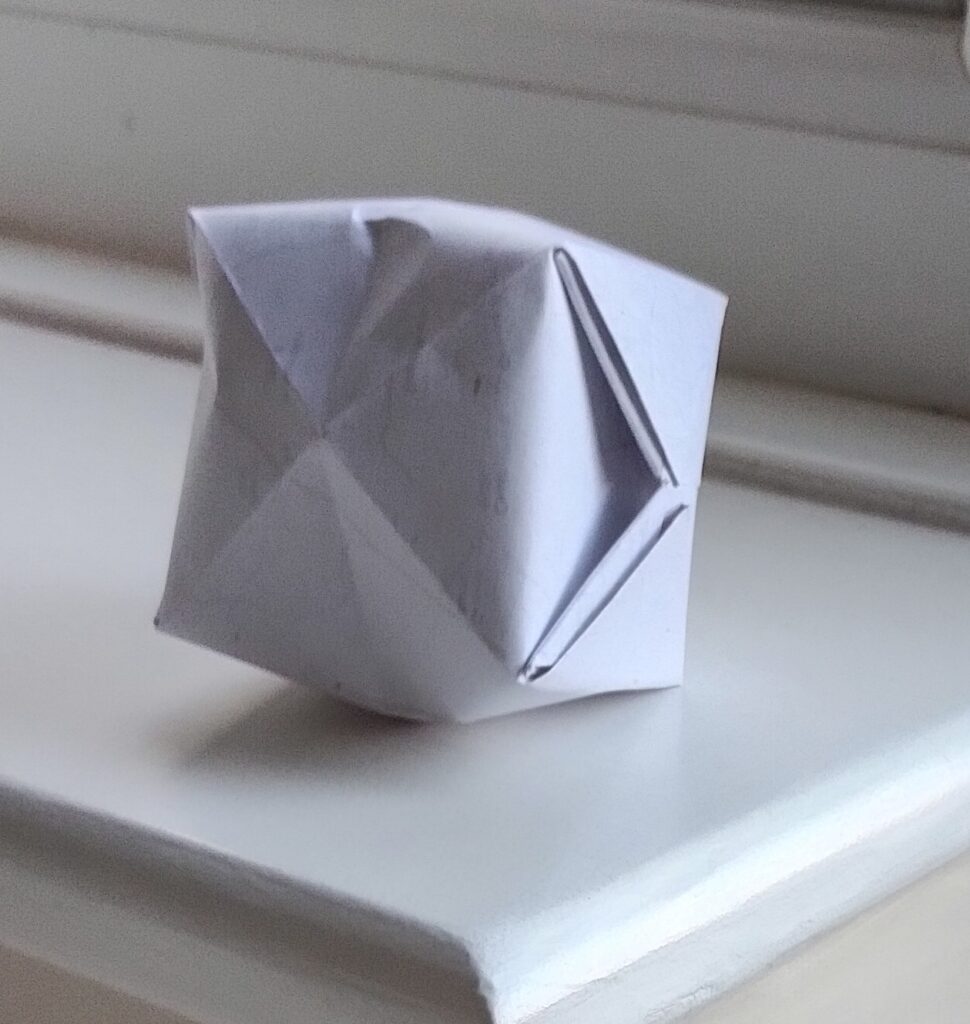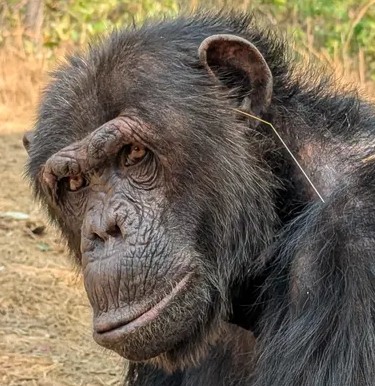
That picture is serious. Scientists have discovered that chimps adopt self decoration fads and crazes like grass in the ear.
This first bit of our art history covers a nice vague stretch from ‘the beginning’ to some time over three thousand years ago. As the latest indications are that hominids and probably Home Sapiens have been making tools since around 2.7 million years ago, that is a long time. Indications are also that different types of hominids overlapped, and in some cases, interbred for a lot longer than previously thought, so the history isn’t limited to Homo Sapiens.
Those early tools were made for over 300,000 years in the area around Kenya. That means that there was a consistent culture passing on ideas and skills. As animals use props to impress others, it is highly likely that humanoid groups did the same. Unfortunately evidence is slim. Apart from rare preservation specimens (like Ötzi, the Alpine hunter preserved in ice from around 5,000 years ago), most artifacts made by early people are hard to find. The most commonly preserved things are hard materials like bone, stone and metal. Metal items particularly can be associated with richer individuals. Even large objects, such as canoes, are rare. The earliest so far, 10,000 years ago, is quite likely not the first. Items used by everyday people may not be as long lasting.
The earliest known musical instrument is a flute from around 50,000 years ago but even before that there may have been less robust noise makers and alongside that people will have vocalised and danced. They will almost certainly also have decorated themselves in some way.
In Australia indigenous art dates back beyond 20,000 years and that is from a people who had to migrate over millennia before they got to Australia. Discoveries are still being made using better dating techniques and both in Australia and Indonesia it is thought that examples may date from over 50,000 years ago.
When talking to people about art, I often mischieviosly refer to larger artworks and buildings as Totalitarian art. By this I mean work where someone has so much power and ego that they can commision art that is grandiose. Unfortunately people often admire this sort of art without thinking too much about the conditions involved in its production. I think all forms of craft and art have value. Some just grab you visually or emotionally and this effect varies from person to person. Some have more intellectual content or more subtle emotional effect than others and these often benefit from more study. No matter what the artist puts into the work, or thinks about it can sometimes be completely at odds with what people take from it. Interpretation is a personal and difficult thing. The further back in time we go, and the further from our own cultural assumptions, the more we need to take care before judging the work.
This post is a work in progress and I will add some visual examples of work and more detailed discussion to it over time.
Below is a list of selected early artifacts by date. The obvious, non building, art is in bold, but there will be art in later buildings, such as Knossos.
| When (years ago 2025) | What | Where |
| 2,750,000 | Earliest stone tools, continous 300,000 year use | Kenya |
| 2,700,000 | Neanderthal fossils | UK |
| 1,500,000 | Bone tools | Tanzania |
| 500,000 | Shell Jewelry | Morocco |
| 300,000 | Homo Sapiens, oldest currently known remains | Morocco |
| 120,000 | Fur and Hide clothing | Morocco |
| 73,000 | Abstract crayon drawing | South Africa |
| 52,000 | Rock art | Indonesia |
| 50,000 | Bone Flute | Germany |
| 40,000 | Venus of Hohle Fels, female figurine | Germany |
| 12,000 | Tel Qaramel stone towers | Syria |
| 11,000 | Deer head mask | Yorkshire |
| Karahan Tepe, building remains | Turkey | |
| 10,000 | Tower of Jericho | Palestine |
| Pesse Canoe | Netherlands | |
| 9,000 | Mhergarh ,large stone buidling remains | Pakistan |
| Dayan Mask, carved mask | Israel | |
| 7,000 | Barmenez ‘the Prehistoric Parthenon’ | France |
| 6,000 | La Houque Bie, Passage grave | Jersey |
| Knap of Howar, Stone house | Scotland | |
| 5,500 | Sechin Bayo | Peru |
| 5,250 | Tarxien Temples | Malta |
| 5,000 | Tarkhan Dress, oldest known woven clothing | Egypt |
| Otzi, preserved hunter and artifacts | Tyrol | |
| 4,700 | Egyptian Pyramids | Egypt |
| 4,600 | Dholavira, Large buildings and well planned town | India |
| 4,330 | Fortified pyramid | China |
| 3,800 | Knossos | Crete |
| 2,600 | Temple of Cyrene, comparable to Parthenon | Libya |
| 2,400 | Parthenon | Greece |
